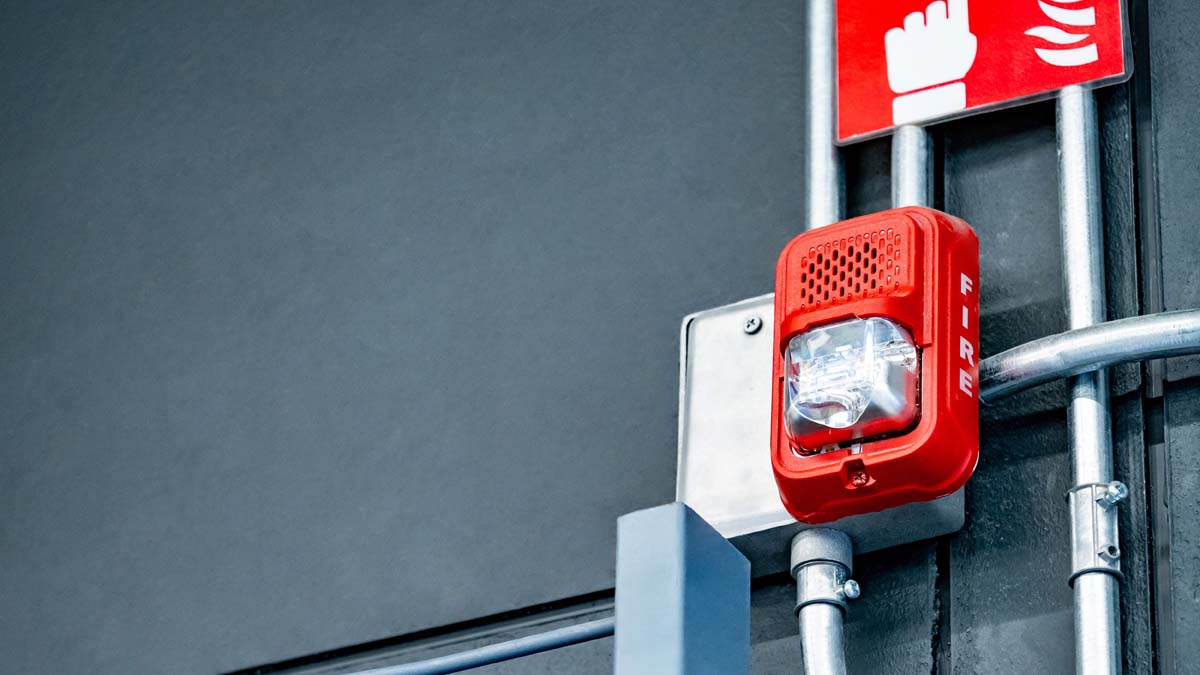2025
General Information on Vancouver Warehouse Fire Safety Standards

For freight and logistics operators, safety isn't just a concern, it's the core of responsible business. In a bustling hub like Vancouver, adhering to fire safety standards in your warehouse is non-negotiable. It protects your inventory, your people, and your operational continuity.
Here’s a breakdown of what every freight expert must know about fire safety standards for Vancouver warehouses, primarily governed by the British Columbia Fire Code and the Vancouver Fire By-law.
1. The Foundation: Fire Safety Plans (FSP)
Every commercial property, including warehouses, is typically required to prepare and maintain a comprehensive, up-to-date Fire Safety Plan (FSP). This document is the cornerstone of your emergency preparedness, consequently, the Vancouver Fire Rescue Services (VFRS) must review and accept it.
Key FSP Components to Know:
- Supervisory Staff: Identify and train employees responsible for fire safety duties.
- Emergency Procedures: Detail instructions for the alarm, evacuation, and safe handling of any high-hazard materials.
- Maintenance Schedules: Document inspection, testing, and maintenance records for all fire protection equipment, including alarms, sprinklers, and extinguishers.
- Site and Floor Plans: Create clear, coloured drawings detailing the building layout, fire exits, fire protection equipment locations, and utility shut-offs.
2. Fire Protection Systems: Your Line of Defense
Warehouse environments, especially those dealing with high-piled or rack storage, demand robust and frequently inspected fire suppression systems.
- Automatic Sprinkler Systems: Most commercial buildings in Vancouver, particularly larger warehouses, must be fully sprinklered. It’s critical to ensure the sprinkler design is appropriate for the commodity classification, which means what you are storing, and the height of your storage.
- Crucial Clearance: Maintain a minimum clearance of 45 cm (18 inches) between the sprinkler deflector and the top of any stored items to allow the system to function effectively.
- Inspections and Maintenance: Certified technicians must inspect, test, and tag annually all sprinkler systems, standpipes, and fire alarm systems. Always keep an up-to-date logbook.
- Fire Watch: If any part of your fire protection system becomes non-operational, you are typically required to implement a continuous 24-hour Fire Watch until technicians fully restore the system and VFRS approves it.
3. Means of Egress (Exits)
In an emergency, occupants must have a clear, safe, and unobstructed path out of the building.
- Unobstructed Access: Exit doors, stairwells, and all exit routes must remain completely clear at all times.
- Exit Doors: All exit doors must be readily openable from the inside without keys, special knowledge, or effort when the building is occupied. Fire doors must be self-closing and properly latch, therefore, you must never block or wedge them open.
- Signage and Lighting: Exit signs must be visible and constantly illuminated. Emergency lighting must be functional and regularly tested.
The Bottom Line
Vancouver’s fire safety standards are strict for good reason. They protect people, goods, and businesses from one of the most destructive risks in warehousing. For operators, staying compliant is not just a legal responsibility but a smart business move.
By investing in fire protection systems, training staff, and maintaining a strong fire safety plan, you create a safer workplace and a more resilient business.
Freight Xperts specializes in Vancouver 3PL warehouse services and trucking across North America. We specialize in Vancouver 3PL Warehousing services, full truckload and less than truckload services including dry van, temperature controlled, and flatbed, plus cross-border shipping.
Our goal is to provide the highest level of service in the most cost-effective manner possible for the warehousing and trucking of your products ranging from single pallets to full truck loads.